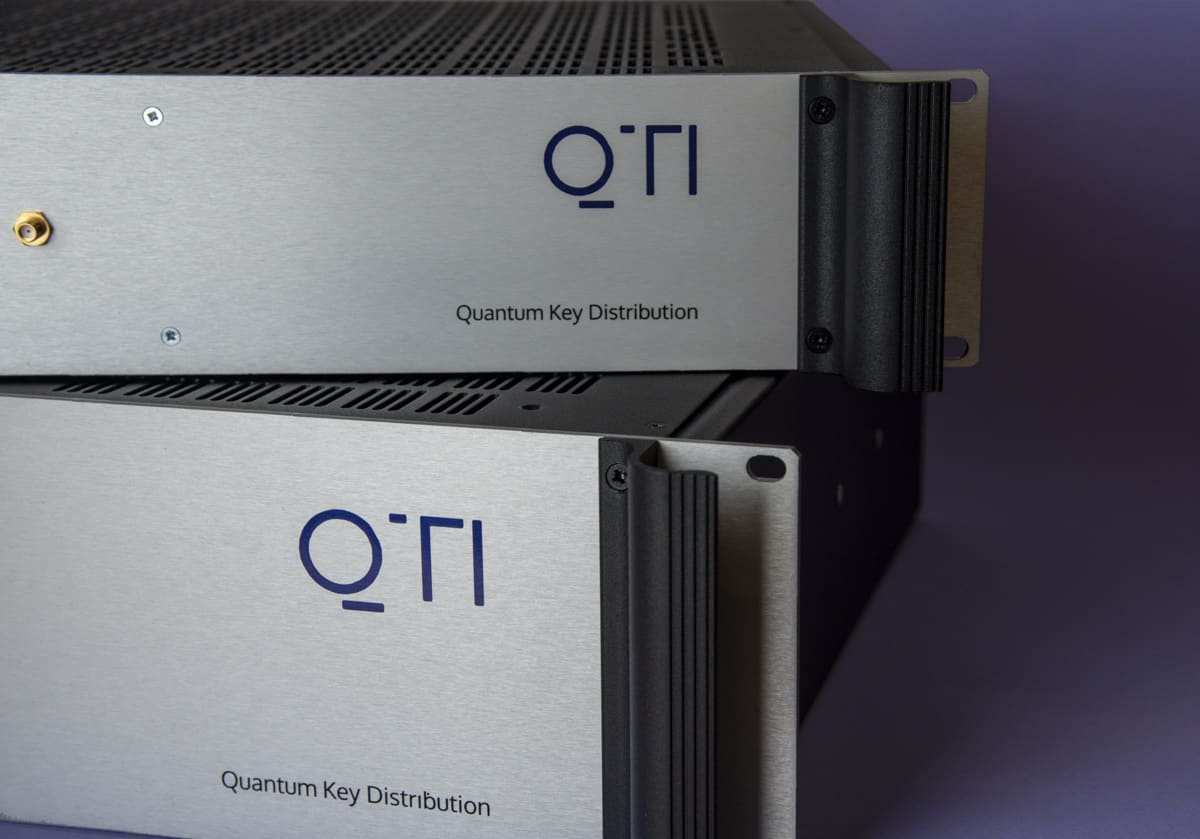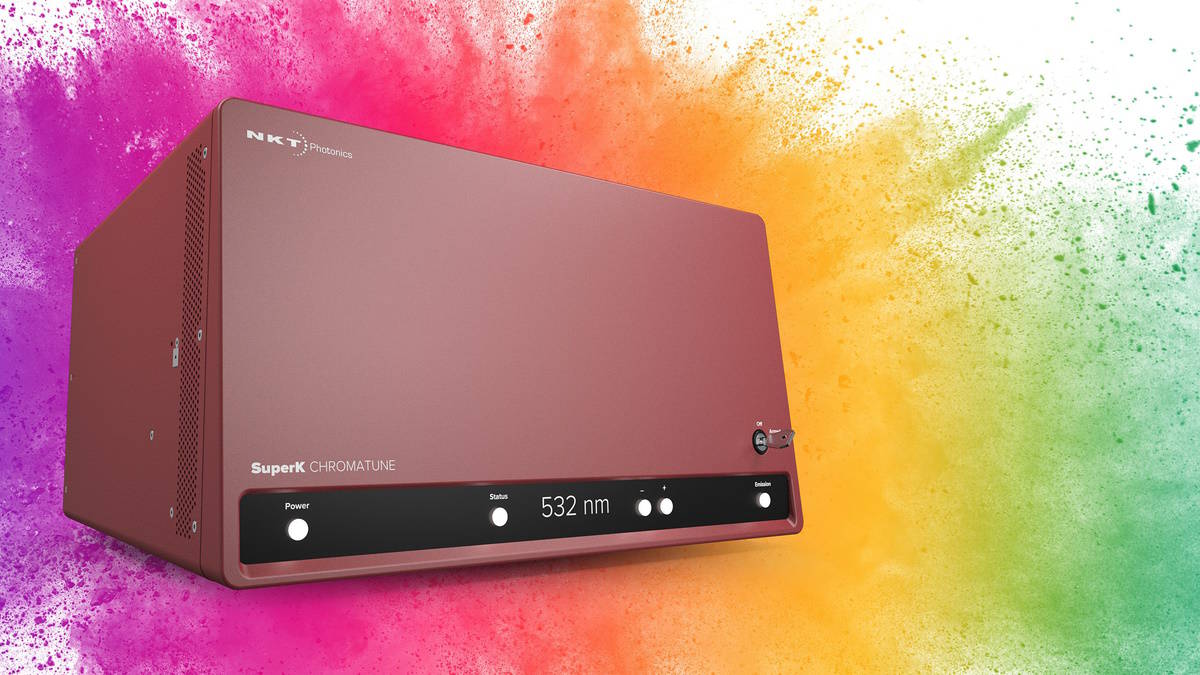At the end of January thousands of delegates will be convening at the Moscone Center in San Francisco for Photonics West, the world’s largest event for optics and photonics technologies

Scientists and engineers will soon be gathering in San Francisco for Photonics West‘s unique combination of scientific conferences, industry symposia, and world-class technical exhibitions. The week-long event kicks off on Saturday 28 January with the BiOS conference and exhibition, which focuses on biophotonics, imaging, and biomedical optics, with its popular Hot Topics session highlighting some of the most exciting research trends.
The main Photonics West event runs throughout the week, with conferences on lasers and optics, a dedicated industry programme, and a technical exhibition featuring more than 1100 companies from all over the world. Plenary sessions for the OPTO and LASE conferences include presentations on high-performance electronic–photonic interfaces, fully integrated photonic systems, and the recent breakthrough in laser fusion at the National Ignition Facility.
This year’s programme also sees an expanded remit for Quantum West, which features two parallel conference sessions as well as a two-day industry forum focusing on the market developments needed to build a commercial quantum ecosystem. A plenary session features an overview of quantum imaging by Miles Padgett of Glasgow University, as well as a perspective on the opportunities for quantum technology by Catherine Foley, Australia’s Chief Scientist.
High-profile industry events during the week include the Start-Up Challenge and 2023 Prism Awards, as well as the co-located AR | VR | MR conference on hardware solutions for augmented and virtual reality. Meanwhile, the exhibition floor will be open from Tuesday to Thursday, allowing delegates to connect with suppliers and learn about the latest innovations in components, instruments, and systems. Some of the latest advances are highlighted below.
Quantum system enables ultra-secure communications
QTI (Quantum Telecommunications Italy), an Italian start-up founded in 2020 to develop industrial-grade systems for secure quantum networks, will be showcasing its Quell-X system for quantum key distribution. Quell-X has been designed to distribute quantum keys for ultra-secure communications, enabling applications such as crypto-key distribution, data-centre security, and medical data protection for civil and governmental use.
Quell-X is versatile enough to be used in any network configuration, ranging from point-to-point links through to trusted-node configurations and ring or star network topologies. The system can be fully integrated into existing telecoms networks, and is compliant with all standards for key management.

The Quell-X family comprises three main versions. The core Quell-X product provides reliable and high-performance quantum key generation, includes the standardized key management system, and is fully compatible with third-party encryptor units.
Quell-XC, meanwhile, has been developed in partnership with Telsy, a specialist in cybersecurity and cryptography that made a major investment in QTI in 2021. Quell-XC is natively ready for integration with Telsy’s high-speed encryptors, which offer a throughput of up to 1 Gbps and a latency of around 1 ms. Quantum keys generated by Quell-XC are injected into the encryptors to provide an end-to-end encryption system that is fully compatible with the current telecommunication infrastructure for civil and military applications.
Finally, Quell-XR has been designed for academic and research activities. It generates raw key data for custom post-processing protocols and to facilitate development work, and offers an open platform for customization that can also be interfaced with third-party detectors.
- Find out more by visiting QTI at booth number 5347
Confocal microscope simplifies time-resolved imaging
Quantitative time-resolved fluorescence techniques such as fluorescence-lifetime imaging microscopy (FLIM) are increasingly being used in cell biology to monitor processes such as phase separation, conformational changes, and the interactions between proteins. So far, however, expert knowledge has been needed to obtain accurate and reproducible results from these tools, which has slowed down their widespread adoption.

PicoQuant’s new Luminosa confocal microscope overcomes that challenge by combining state-of-the-art hardware with cutting-edge software to deliver high-quality data while also simplifying daily operation. The software includes context-based workflows to improve the reproducibility of experiments, while features such as sample-free auto-alignment and calibration of the excitation laser power make experiments more efficient. At the same time, every optomechanical component is fully accessible to enable the development of new methods.
During Photonics West, senior scientist Felix Koberling will present two use cases of the Luminosa instrument. First, he will show how the instrument can make it easier for researchers to use single-molecule fluorescence resonance energy transfer (smFRET) in their experimental studies. For example, the FRET efficiency and stoichiometry can be calculated during the experiment, corrected according to standard protocols, and displayed in real time. (Talk 12386-7, 28 January 2023 • 2:00 PM – 2:20 PM PST).
Second, Koberling will describe how Luminosa can be used to streamline FLIM experiments. The instrument’s rapidFLIM module can record images at several frames per second with high photon-count rates, which the software handles with a novel dynamic binning format to enable high-speed automated analysis of FLIM images. (Invited Talk 12384-18, 30 January 2023 • 8:20 AM – 8:40 AM PST).
- For a demonstration of Luminosa, and to find out about other innovations from PicoQuant, talk to company representatives at BiOS exhibition booth number 8325 or Photonics West booth number 3325.
Fibre laser offers broadest tuning range
A new tunable laser from NKT Photonics, the SuperK CHROMATUNE, offers gap-free tuning across all wavelengths from 400 to 1000 nm. With a standard power output of 1 mW, the SuperK CHROMATUNE offers a versatile solution for applications such as spectroscopy and microscopy, fluorescence and lifetime imaging, and optical characterization.

The CHROMATUNE is based on a fibre-laser platform that ensures excellent stability, reliability, and a lifetime of thousands of hours, without any need for maintenance or service. No alignment or adjustments are needed to deliver the required wavelength, which can be produced just with a press of a button. Meanwhile, an advanced mode provides the flexibility to change the linewidth of the laser, increase the power in different wavelength ranges, and automate wavelength sweeps and other functionalities.
By default the laser runs at quasi-continuous-wave output with megahertz repetition rates, but that can also be altered for applications such as studying lifetime phenomena. Everything is controlled by a user-friendly software interface that also provides dedicated workflows for specific applications, while a free software development kit offers even more flexibility for control or integration.
- For more information about the system, visit NKT Photonics at booth number 3201 or contact the company at sales@nktphotonics.com.
Novel coating platform delivers high-performance optical filters
MKS Instruments has introduced Newport’s ODiate optical coatings to its broad portfolio of industry-leading optical filters, with applications ranging from life sciences and medical instrumentation through to chemical and material analyses. ODiate coatings are fabricated using a next-generation platform for thin-film deposition, delivering exceptional precision, productivity, and repeatable spectral performance for Newport’s optical filters and dichroic beamsplitters.

The enhanced spectral performance offered by ODiate coatings provides better signal quality, optimized wavelength separation, and consistent filter performance for any instrumentation. Customized coatings in the ultraviolet, visible, and near-infrared enable demanding applications such as high-throughput screening, fluorescence and Raman imaging, molecular diagnostics, flow cytometry, and blood analysis. MKS uses proprietary dynamic optical monitoring and custom metrology to measure the most demanding spectral transitions.
“MKS offers a value-added product development service to our OEM customers alongside our expansive Newport component portfolio,” says Dan Lawrence, general manager of Newport’s Optical Component Business. “From initial design through metrology and testing, we collaborate closely with our partners to develop and deliver innovative and effective optical sub-system solutions. The ODiate coating platform is the next step to ensure our long-running success and continual emphasis on innovation.”
- To find out more about ODiate optical filter technology, visit MKS Instruments at booth number 927 or go to www.newport.com/odiate.



